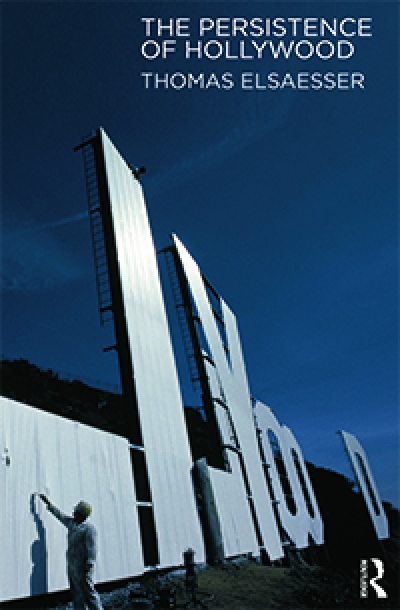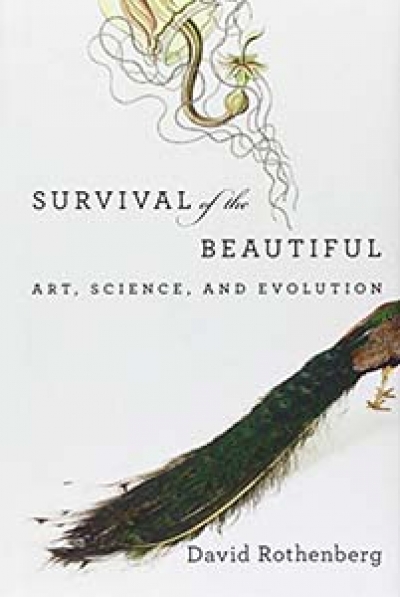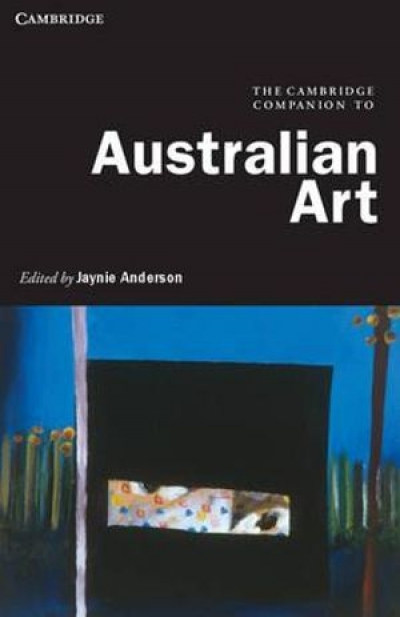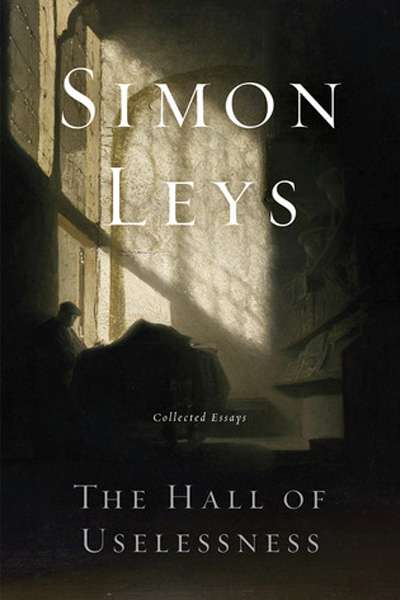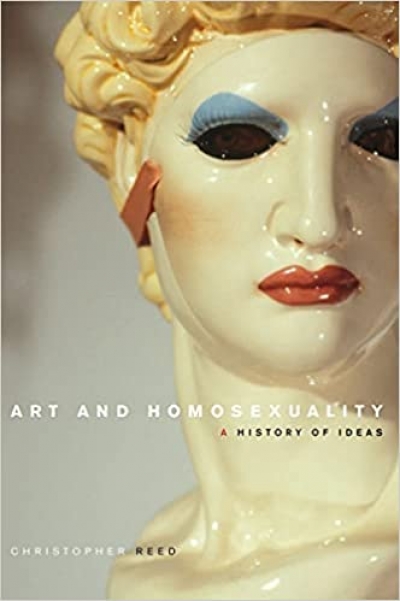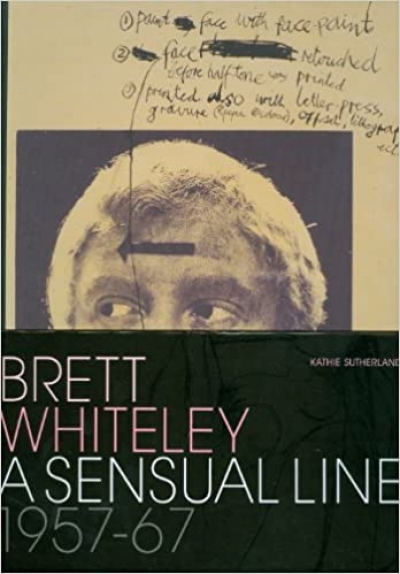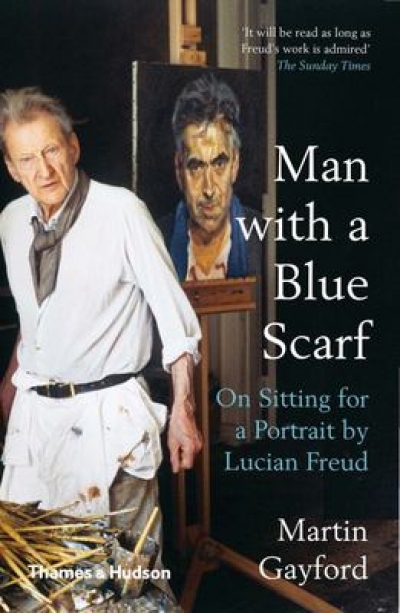Arts
In 1981, William Kentridge journeyed from apartheid South Africa to the École Jacques Lecoq in Paris, renowned for its work in improvisation and physical theatre – theatre that creates itself in play. Though Kentridge would become an artist – working in drawing, printing, animation, film, opera, and sculpture – physical theatre and improvisation come closest ...
Survival of the Beautiful: Art, science, and evolution by David Rothenberg
The Cambridge Companion to Australian Art edited by Jaynie Anderson
Art and Homosexuality: A History of Ideas by Christopher Reed
Burning Issues: Fire in Art and the Social Imagination by Alan Krell
The initial idea was for a new front door at the National Gallery of Australia. At least that is how Ron Radford, director of the Gallery, presented it to the one thousand or so guests in his remarks at the official opening of Andrew Andersons’ and PTW Architects’ Stage One ‘New Look’ at the NGA on Thursday, 30 September. Clearly, for the money involved and ...

